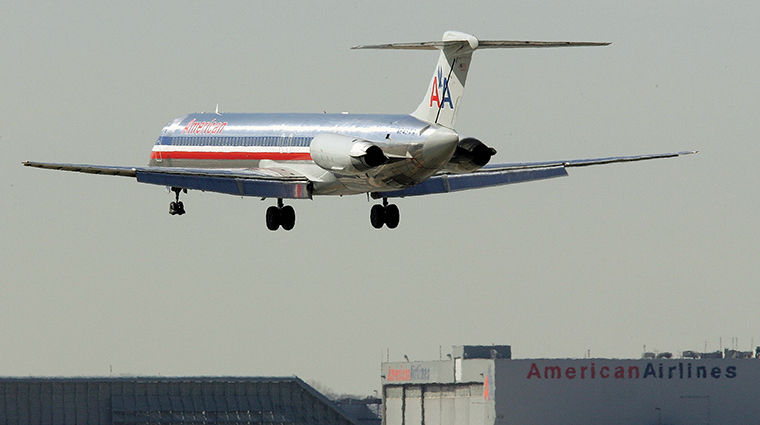Noise complaints rise among residents near O’Hare Airport
Noise complaints rise among residents near O’Hare Airport
December 8, 2014
Northwest Side residents, the Federal Aviation Administration and O’Hare International Airport have been waging an ongoing war regarding noise complaints.
According to the O’Hare Noise Compatibility Commission, an agency dedicated to reducing aircraft noise in the areas surrounding O’Hare International Airport, 32,532 noise complaints were filed between January and September 2014 to the O’Hare Noise Hotline—the most recent data available—compared to the same period in 2013, which saw 2,124 complaints.
Jac Charlier, co-founder of Fair Allocation in Runways, a coalition of citizens and community organizations that lobbies for reasonable distribution of O’Hare aircraft traffic, said the coalition has been in existence for 18 months and its main goal is to bring about change for the residents who have been negatively impacted by the October 2013 changes made to the runway takeoff and landing patterns at O’Hare, which have increased noise levels in the surrounding areas.
“Our purpose is to get a real seat at the table in how decisions are made regarding O’Hare Airport,” Charlier said. “Our goal is to get equitable distributions of traffic east, west, north, south, day and night, using existing and new runways at O’Hare.”
Charlier said some steps have been made to balance the noise but none of the coalition’s five proposals have been met. The Fair Allocation in Runways’ proposal outline listed options such as an immediate halt to the October 2013 takeoff and landing plan; continued utilization of existing and new runways; expanded noise monitoring and abatement programs to ensure specific communities are not unduly burdened; making “Fly Quiet” the official mandatory policy; and that a Supplemental Environmental Impact Statement be conducted to verify what the new 2013 plan environmental impacts will be.
“We have fought for and received an increase in the number of noise monitors that are out there,” Charlier said.
Tony Molinaro, FAA spokesman for the Great Lakes region, said he thinks expanding and building more runways at O’Hare can help reduce noise around the airport.
“Spread out the flights more,” Molinaro said. “If we have more options of where we can land, it spreads out the noise.”
Molinaro said engines have gotten significantly quieter in the last two decades, which had helped some of the noise. He said O’Hare was extremely noisy 10–20 years ago, and people can now hear a major difference. Molinaro also said the FAA is working on new technologies to make airplane engines even quieter.
“We’ll keep pushing the engine manufacturers to make sure quieter engines are being built if they can be and that the airlines themselves will put those engines on their planes as quickly as they can,” Molinaro said. “It’s not a fast process—[it is] more of a long-term solution, but it’s one that is moving in the right direction.”
Charlier said residents who live near O’Hare have experienced their homes shaking, windows rattling and disrupted sleep at night because of the noise.
“When you’re losing sleep every night and you go out to the yard with your kids and they’re covering their ears and they want to go inside, or you have people over and you have to pause your conversation, after a while that gets really old,” Charlier said. “So quality of life issues are huge in the civic arena.”
Reginald Patton, a truck driver who works in Bensenville, Illinois, and has lived in Mt. Prospect, Illinois, for 10 years, said he has not experienced any negative effects caused by the noise at O’Hare.
Patton said he does not understand why residents are complaining about noise caused by the airport because they knew there was an airport when they chose to buy a home in the area.
“I’m a truck driver and I wouldn’t live on a major highway that’s a truck route because I don’t want [to hear] truck noise,” Patton said. “If you buy a house next to a train track, you’re probably going to get awakened by trains at night. What did you think was going to happen?”
Molinaro said the best way to resolve the noise problems at O’Hare is to continue to work with O’Hare Noise Compatibility Commission and elected officials in the city and in the suburbs.
Molinaro also said residents who qualify for noise installation in their homes called Residential Sound insulation may choose to have it installed.
The program is funded through a grant program by the federal government and administered by the City of Chicago.
“[The] FAA is always willing to [help] board members and city officials better understand how the airport works,” Molinaro said. “We’re always willing to talk to folks about that and educate them whenever we can.”








